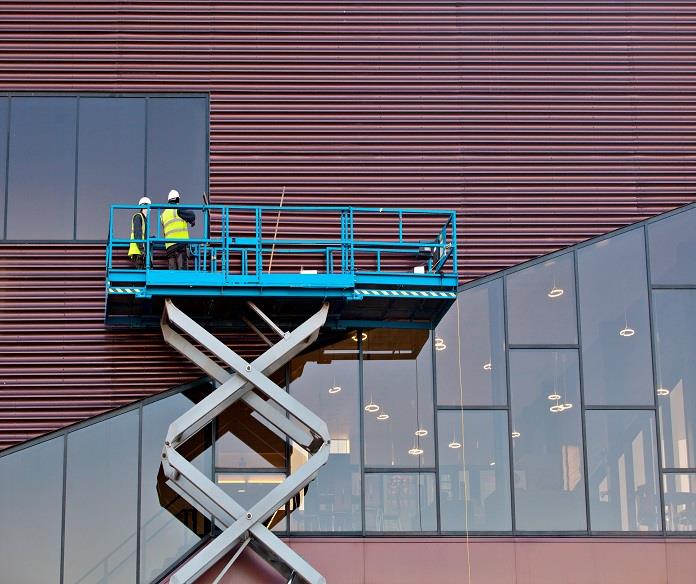Ensuring Workplace Safety: The Vital Role of Genie Boom, Scissor Lift, and MEWP Training in Ontario:
In the dynamic world of construction and industrial maintenance, Genie booms, scissor lifts, and Mobile Elevated Work Platforms (MEWPs) have become indispensable tools for reaching heights and accessing hard-to-reach areas. However, with great power comes great responsibility, especially when it comes to workplace safety. In Ontario, adherence to the Occupational Health and Safety Act (OHSA) is paramount to ensure the well-being of workers and compliance with legal requirements. This article explores the importance of Aerial Lift Platform Training, Genie boom, scissor lift, and MEWP training in Ontario workplaces to align with OHSA regulations and foster a culture of safety.
The OHSA Framework
The Occupational Health and Safety Act (OHSA) in Ontario is a comprehensive framework designed to protect the health and safety of workers in the province. It outlines the responsibilities of employers, supervisors, and workers, emphasizing the need for safety training, hazard identification, and injury prevention measures.
Understanding Genie Booms, Scissor Lifts, and MEWPs
Genie booms, scissor lifts, and MEWPs are essential pieces of equipment used across various industries, including construction, manufacturing, and maintenance. These machines are designed to elevate workers and their tools to elevated work areas safely and efficiently.
- Genie Booms: Genie booms are versatile aerial work platforms that offer both horizontal and vertical reach. They are often used in situations where access to high or difficult-to-reach areas is required. These machines are equipped with extendable booms and platforms, making them suitable for a wide range of applications.
- Scissor Lifts: Scissor lifts provide a stable and reliable platform for workers to access elevated areas. They consist of a crisscrossing set of supports that extend vertically, raising the platform. Scissor lifts are commonly used for tasks like installation, maintenance, and repair work.
- Mobile Elevated Work Platforms (MEWPs): MEWPs encompass a wide range of elevated platforms, including cherry pickers and articulating boom lifts. They are known for their flexibility and adaptability in navigating complex work environments while providing a secure workspace at height.
The Importance of Training
Proper Aerial Lift Platform Training for operators and workers using Genie booms, scissor lifts, and MEWPs is not only recommended but mandated by OHSA. The reasons for comprehensive training are multifaceted and include:
- Safety: The foremost reason for training is to ensure the safety of workers. Accidents involving aerial work platforms can result in serious injuries or fatalities. Training helps operators understand the equipment’s limitations, hazards associated with their use, and how to prevent accidents.
- Compliance with OHSA: OHSA requires employers to provide adequate training to workers who operate or work around powered equipment, including Genie booms, scissor lifts, and MEWPs. Failure to comply with these regulations can lead to legal consequences, fines, and penalties.
- Reduced Accidents and Incidents: Proper training significantly reduces the risk of accidents and incidents. Workers who are well-trained can identify potential hazards, operate the equipment correctly, and respond effectively to emergencies.
- Increased Efficiency: Trained operators are more proficient in using Genie booms, scissor lifts, and MEWPs, leading to increased productivity and efficiency on the job. This benefits both employers and workers alike.
- Cost Savings: Avoiding accidents and incidents through training can save employers considerable costs associated with medical expenses, legal fees, insurance premiums, and potential downtime.
Training Requirements under OHSA
OHSA mandates specific Aerial Lift Platform Training requirements for the operation of Genie booms, scissor lifts, and MEWPs. Employers are responsible for ensuring that their workers are adequately trained and understand the following key aspects:
- Equipment Familiarization: Workers must be familiar with the specific make and model of the equipment they will be using. This includes understanding the machine’s controls, safety features, and limitations.
- Hazard Recognition: Training should cover the identification of potential hazards in the work environment, including overhead obstacles, unstable surfaces, and electrical hazards.
- Safe Operating Procedures: Operators must be trained in the safe operation of Genie booms, scissor lifts, and MEWPs. This includes proper startup and shutdown procedures, platform positioning, and load capacity limits.
- Emergency Response: Workers should be trained on how to respond to emergencies, including equipment malfunctions, power outages, and rescues from elevated platforms.
- Fall Protection: Understanding and proper use of fall protection equipment, such as harnesses and lanyards, is critical when working at heights.
- Maintenance and Inspections: Operators should know how to perform pre-shift inspections and recognize when maintenance or repairs are necessary.
- Record-Keeping: Employers are required to maintain records of training, including dates, names of trained workers, and topics covered.
In Ontario, ensuring workplace safety is not only a moral obligation but a legal requirement under the Occupational Health and Safety Act (OHSA). Aerial Lift Platform Training, Genie booms, scissor lifts, and MEWPs are invaluable tools for various industries, but their safe operation hinges on proper training. By providing comprehensive training programs for workers and operators, employers can minimize accidents, reduce injuries, and comply with OHSA regulations. Investing in training is an investment in the well-being of workers and the success of businesses across Ontario. In the pursuit of progress and efficiency, workplace safety should always be the top priority.
Click here for Aerial Lift Platform Training information.
Click here for OHSA requirements for Aerial Lift Platform Training.


